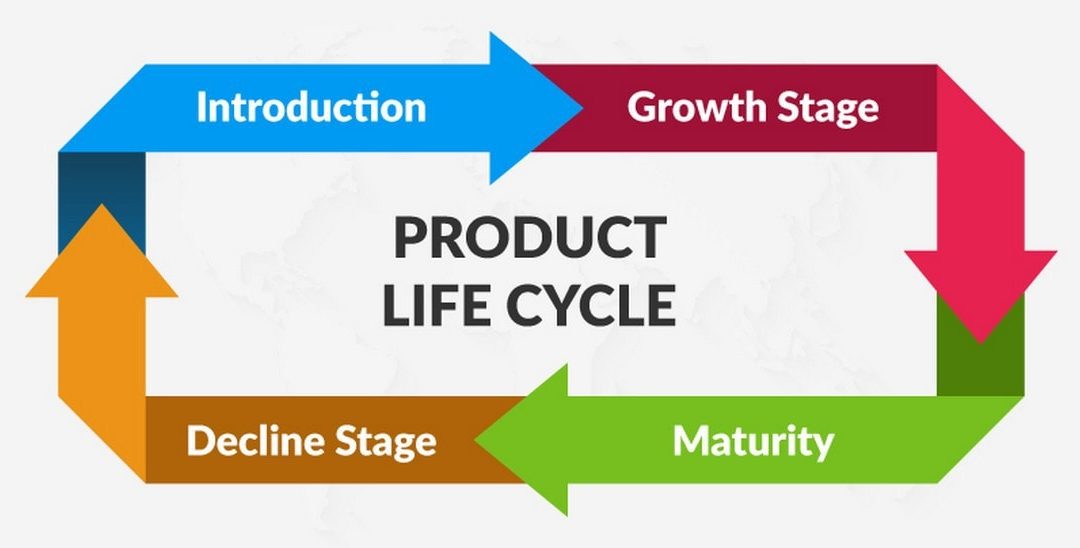
How NOT to Stuff Up a Company Restructure
Each product has its own life cycle. A product will be ‘born’, it will ‘grow’, it will ‘mature’, provide a period of ‘saturation’ and, eventually, it will ‘decline/die’. Some products, like Tip Top, have retained their market position for a long time. Others may have their success undermined by falling market share or by competitors.
The product life cycle shows how sales of a product change over time. There are typically 4-5 stages of the life cycle of a product. Not all products follow these stages precisely and time periods for each stage will vary widely. Growth, for example, may take place over a few months or, as in the case of Tip-Top, over decades.
However, perhaps the most important stage of a product life cycle happens before the birth, namely the research and development (R&D) stage. Here the company designs a product to meet a need in the market. The costs of market research – to identify a gap in the market and of product development to ensure that the product meets the needs of that gap – are called ‘sunk’ or start-up costs.





